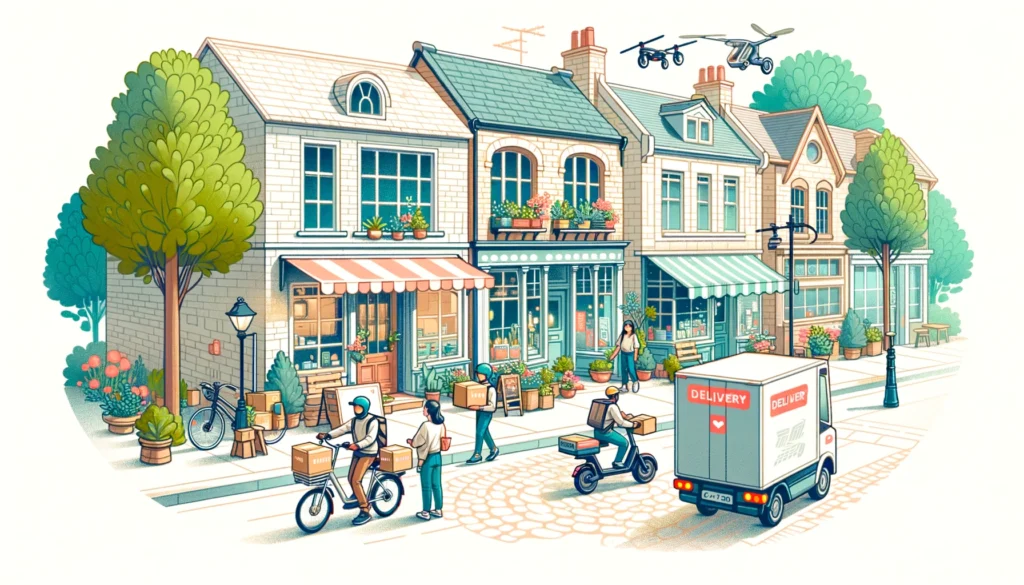Welcome to the thrilling world of last-mile delivery, the final and most vital stretch in the logistics journey. As we embrace 2024, this sector stands at the cusp of remarkable transformation. With US eCommerce sales expected to breach the trillion-dollar mark, the pressure is on for companies to fine-tune their last-mile strategies. Let’s embark on a fascinating exploration of the top five trends revolutionizing last-mile delivery in 2024.
1. Retailers Taking the Wheel with Private Delivery Fleets Picture this: Retail giants like Dollar General steering nearly half of their delivery needs with over 2,000 tractors in their private fleets. This isn’t just about control; it’s a strategic move to enhance customer experience and lower costs. Advanced delivery management technologies, asset sharing, and dynamic route optimization are the secret sauces to adapting swiftly to market changes while ensuring punctual deliveries.
2. The Need for Speed: Faster Fulfillment and Innovative Delivery Options Albertsons is setting the pace with “Flash” – a service promising groceries at your doorstep or ready for pickup in a flash, literally within 30 minutes. This trend is not just about speed; it’s a testament to the power of local, micro-fulfillment centers transforming local stores into bustling hubs of efficiency and convenience.
3. Expanding Horizons with Third-Party Delivery Partnerships Imagine getting your favorite sneakers from JD Sports delivered in just an hour, thanks to their tie-up with Instacart. This trend is more than convenience; it’s about accessibility. Third-party apps are not just delivery conduits; they’re gateways to new markets, a trend set to redefine the outreach of retailers in 2024.
4. The Autonomous Delivery Revolution Drones and autonomous vans are no longer sci-fi; they are the present. Companies like Zipline are gearing up to deploy drones across US cities. With FAA backing, we’re looking at a future where drones might just outpace traditional trucks in efficiency, reducing our reliance on human drivers.
5. The Green Mile: Eco-Friendly Delivery Options Gain Traction HelloFresh is leading the charge with almost 500 vans, including electric vehicles, aiming to electrify its delivery network. This trend is a nod to the growing consumer demand for sustainable options. Electric vehicles, eco-friendly packaging, and optimized routes are set to become the new normal in last-mile delivery.
As we welcome 2024, it’s clear that the last mile is no longer just about delivery; it’s about innovation, sustainability, and customer-centric solutions. From private fleets and speedy fulfillment to autonomous and eco-friendly options, the future of last-mile delivery is dynamic and exciting. For logistics and fulfillment professionals, these trends are not just observations but opportunities to redefine success in the last mile.
